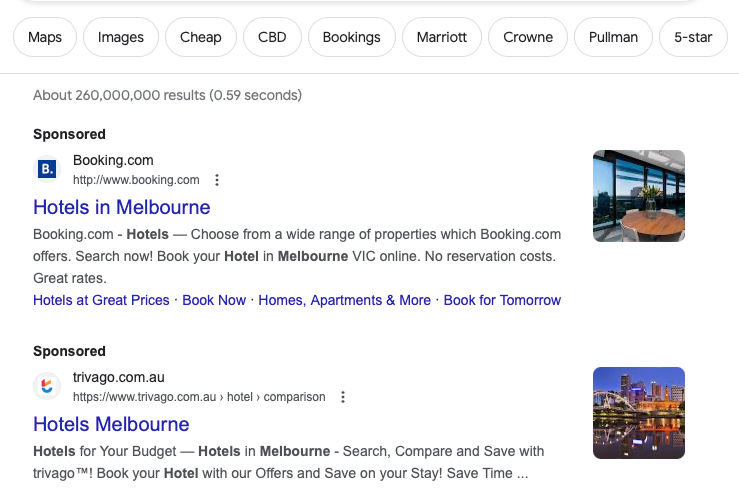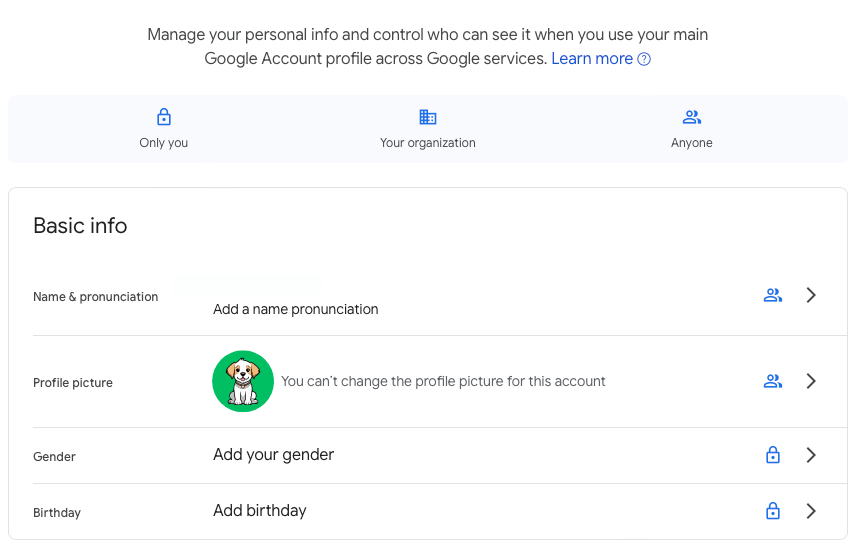Like all industries, digital marketing has its fair share of nuances and quirks, aka what often seems like another language.
Here are a few critical ones that you should know to talk the talk, plus some common misconceptions cleared up.
Note that there can be a few technical exceptions, but understanding the terms below can be a huge help in understanding digital marketing.
Common digital marketing terms explained
User
An individual person who interacts with a website. Each user is identified by a unique identifier, such as a cookie or login credentials, allowing their actions to be tracked across multiple sessions.
Privacy standards keep their personal information safe.
🍪 Cookies are small strings of text sent to your browser from a website you visit. They help that website remember information about your visit, which can make it easier to visit the site again and make the site more useful to you.
Visitor
An individual person who visits a website. The term is often used interchangeably with “user” or “traffic.” Each visitor may access multiple pages on the website during their visit which is tracked.
🧐 Are users and visitors the same?
Technically, no. A user is counted as one person, no matter how many times they return to a website in a given period. A visitor often refers to anyone on a website. In other words, you visit YouTube for example, 5 times in one day and you’re 1 User, but count as 5 visitors that day.
While a user is identified by a unique identifier (such as a cookie), a visitor is typically counted based on unique sessions initiated by users, regardless of how many times they return within a specific timeframe.
Event
An event in website analytics refers to interactions that visitors have with a website, such as viewing a page, clicking on a button, downloading a file, or watching a video.
Conversion
One of the most important digital marketing terms. A conversion occurs when a visitor completes a desired action on a website, such as booking an appointment, making a purchase, making a phone call, or filling out a contact form.
It represents a goal set by the website owner and as such, there can be many kinds of conversions.
Session
A session represents a single visit or interaction by a visitor to a website within a specific timeframe, their ‘session’ on a website. It starts when a user first arrives on a website and ends when they leave or after 30 minutes of inactivity.
We measure sessions in time (minutes and seconds) as well as count them.
Sessions are used to measure engagement and track user behaviour during a visit to a website.
CTR (Click-Through Rate)
The percentage of people who click on a specific link or advertisement compared to the total number of people who view it.
If 1,000 people are exposed to an ad and 100 click on it, your CTR is 10%.
Bounce Rate
The percentage of website visitors who click away from the site after viewing only one page.
If you click on a link to a website from Google search results for example, only to instantly or very quickly see it’s not what you want and click ‘back’ or close the tab without clicking on anything within the website, you count as a bounce.
Landing Page
A specific webpage designed to capture the attention of visitors and encourage them to take a desired action (conversion), such as making a purchase or scheduling an appointment.
Landing pages are often designed with specific marketing objectives in mind.

Common misconceptions cleared up
Does SEO mean paying Google to make my website rank high?
No. Paying Google to display your website high in search results (ranking high) means advertising on Google, for example the ‘Sponsored’ label above some websites in Google search results.

Booking.com and Trivago are advertising on Google search results as indicated by the ‘Sponsored’ label. They are charged by Google when people click on one of these ads.
SEO (Search Engine Optimisation) means making changes and edits to a website, some that visitors can see, others in the background, with the aim of search engines prioritising the website and displaying it high in the search results.
That means more eyes and more clicks.
SEO generates organic clicks, people visit a website without owners paying Google for it.
Optimising a website for search engines to find and display to people… SEO.
🧐 Why would Google do that for free?
Google wants to display high quality, relevant and up-to-date websites for its users – that’s good customer service.
Website owners want their sites to be visible in search engine results so people click through and convert into customers – that’s good business.
SEO involves a lot of technical knowhow from coding and image and video sizing, to layout, content, structure and analytics tracking.
That’s what people pay professionals for. Similarly to paying an accountant to organise your tax, you pay SEO experts to organise your website for the best possible outcome.
All my customers are recorded on my website.
Wrong. All people who make a booking or purchase through your website are recorded by the website when they complete this action.
This means they’ve completed the whole booking or purchase process.
Sometimes, people may access the website only to view the phone number and call it on their phone’s keypad manually or even Google the business name to get the phone number from the search results page. Others may have a business’s number saved in their phone, especially true with regulars.
These customers are not recorded by the website’s analytics, even though they make a purchase at the business.
Everyone who clicks the booking button is a customer.
Incorrect. Just like leaving a cart empty on Amazon or The Iconic, people can, and often do, click a booking button, only to abandon their appointment.
For example, some may lose connection, choose to call instead, close the tab (exit the site) or come back multiple times perhaps as they consider options.
Other times, the same person may make multiple bookings, maybe for family members or other requirements, or in hope of changing times.
These actions can skew numbers, making the booking button click count and actual appointment numbers misalign, however, it’s something very common.
When clicks and confirmed bookings are too out of whack, it can indicate a confusing appointment portal, inconvenient available times or other problems.
I want to see the age, gender and other demographics of my website visitors.
You can, sort of. We’ll stick with Google for this example as it’s the most widely used search engine (by far).
Google puts a high priority on privacy, which in most people’s opinion is a good thing.
You can only see the demographics of visitors to your website IF:
- They are logged into their Google profile when they visit your website, and
- They have entered their gender and age AND give permission for Google to share their data
- Your website meets Google’s system-defined data threshold (set by Google) which avoids user identification
Typically, that’s a pretty small percentage of website visitors.

A Google profile with gender and age not filled in, something pretty common.
The flowchart below shows what happens when two different people make a purchase on a website.
Without analytics platforms, tracking tags and codes set up in the backend, we could not learn much at all about website visitors.
It’s easy to see how important tracking and analytics are as they offer crucial insights for businesses.
At the end of the day
Just like so many other industries; healthcare, construction, legal, automotive… digital marketing has its fair share of jargon which can lead to confusion, especially if you’re new to it.
At HeartBeat Digital, we’re proud advocates of educating our community to ensure their businesses benefit from the world of digital marketing.






